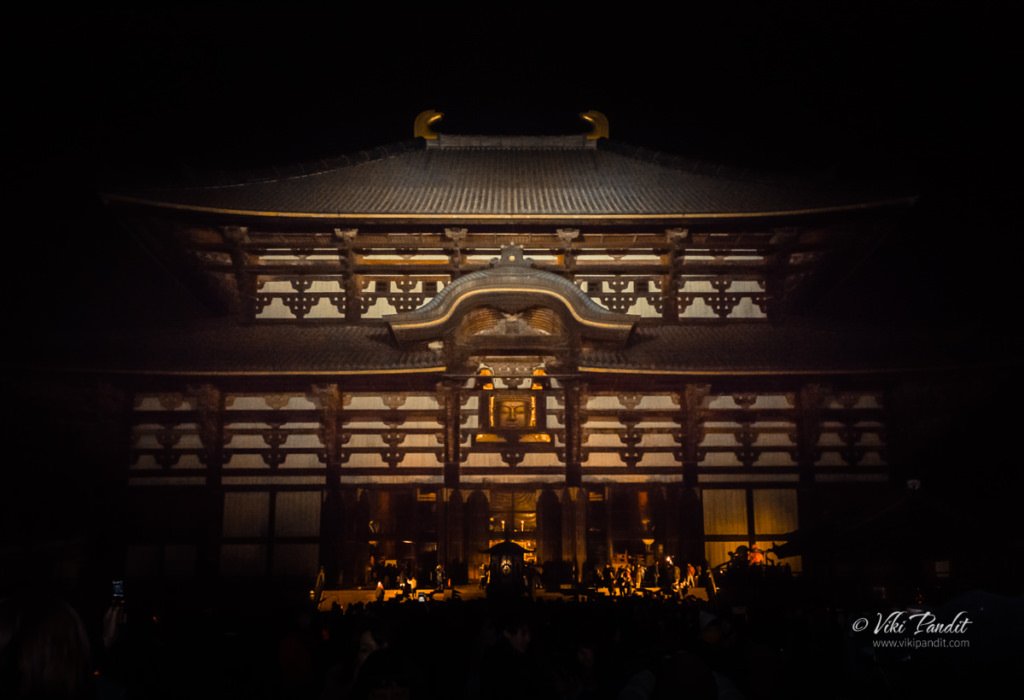We decided to do something different this new year eve. We walked down to Todaiji at midnight to usher in the new year with the blessings of the great Daibutsu. For it is only during New Year eve that the upper doors, in front of the face of the Great Buddha, are opened so all can witness the eyes of the Daibutsu.
Nara
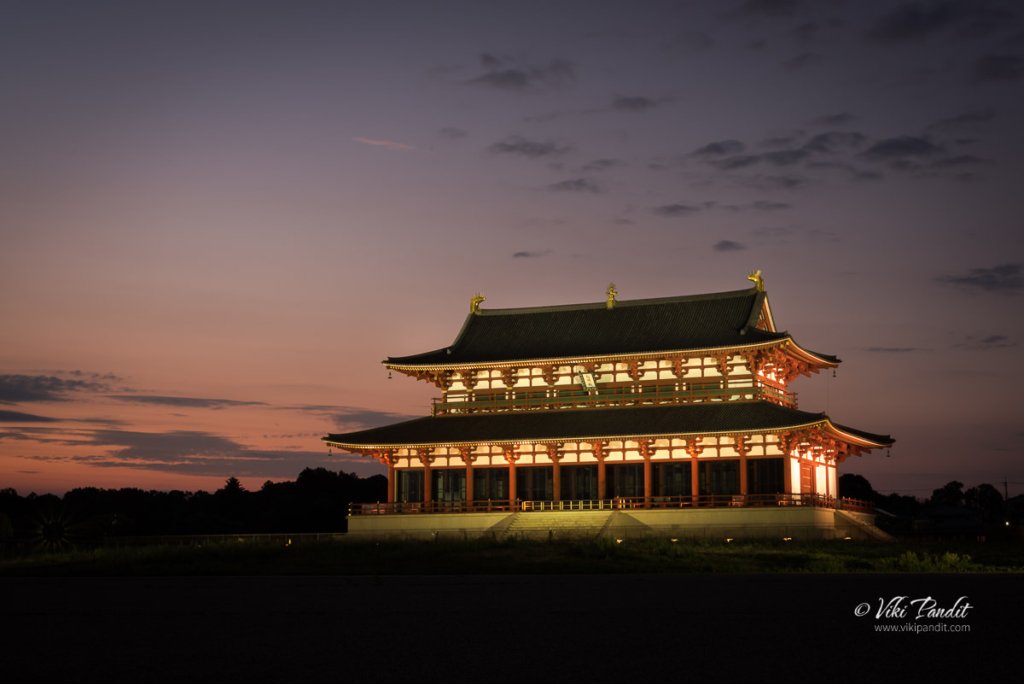
The majestic Heijo Palace
I used to go past the Heijo Palace every time we used to drop in at Osaka. It used to look so beautiful in the night from the train. We finally went to the palace grounds today, to capture its majestic view. A UNESCO World Heritage Site, Heijo Palace used to be the emperor’s residence when Nara was the capital of Japan in the 8th century.

Todai-ji : Home of Buddha
One cannot but feel tiny in front of Todaiji, home to the world’s largest bronze Buddha, housed in the colossal Daibutsuden Hall. Constructed in 752 AD as the head temple of all provincial Buddhist temples, it rose to become one of the most powerful temple in Japan, guarded by the fierce Sohei warrior monks.
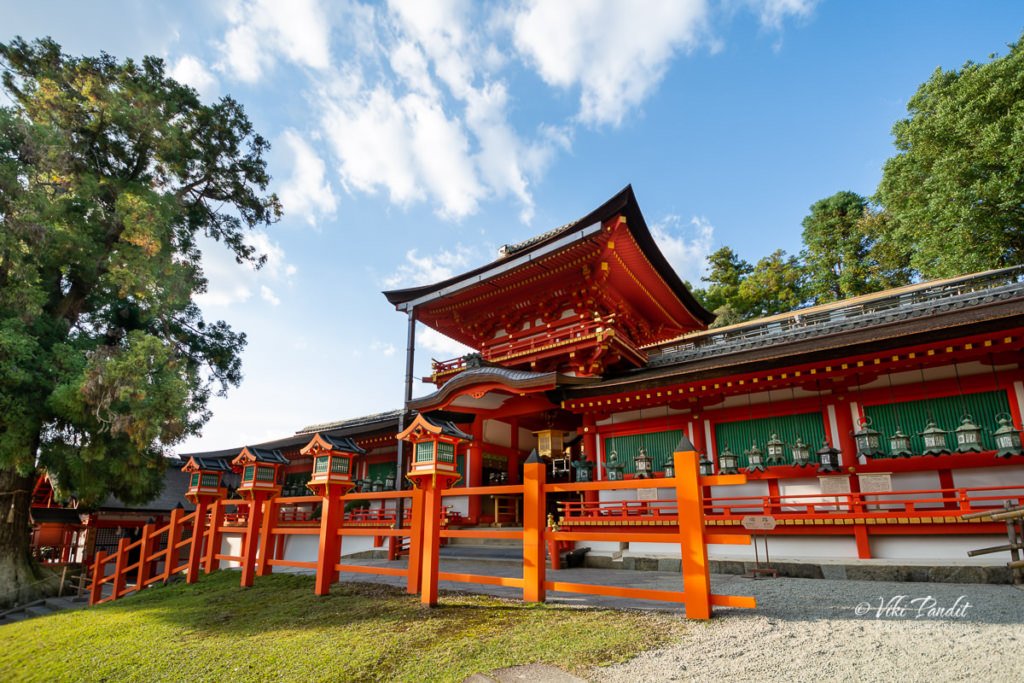
Photo Walk to Kasuga Taisha
I go back to explore Kasuga Taisha, shrine of a thousand lanterns, hidden away in the primeval forest of Kasugayama. Shinto shrines are generally destroyed and rebuilt every 20 years for purification purposes and this is the 57th re-incarnation of the 1700 year old Shrine.
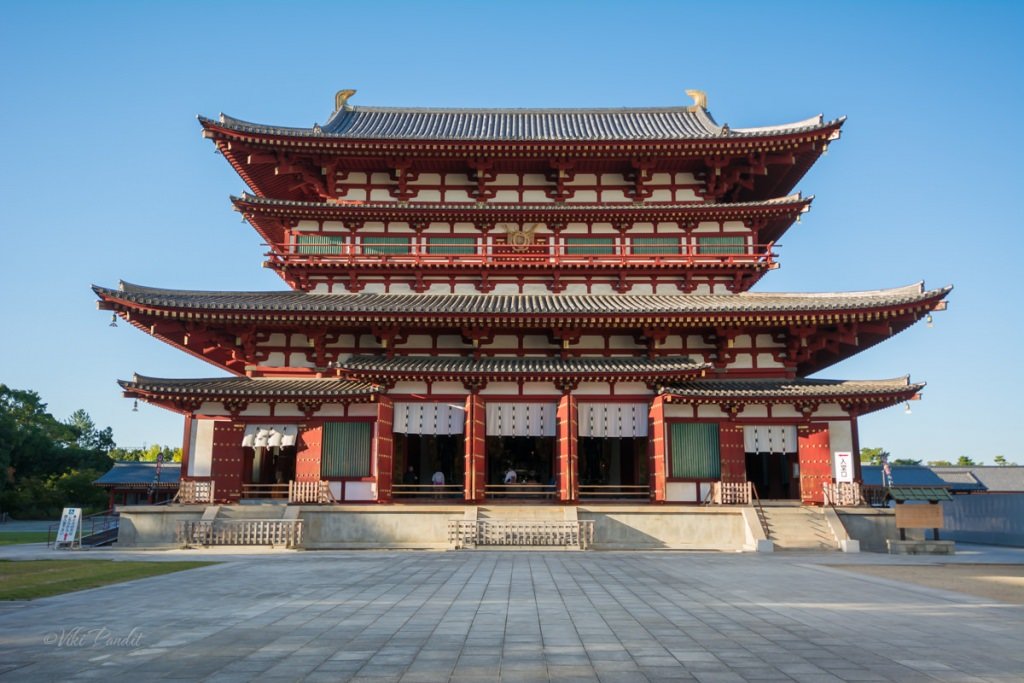
Exploring the Yakushi-ji Temple
I took the Nara Kotsu bus to explore the 7th century temple of Yakushi-ji in the suburbs of Nara. Known as the Temple of Medicine, Yakushi-ji is among Unesco’s list of “Historic Monuments of Ancient Nara” World Heritage Site.
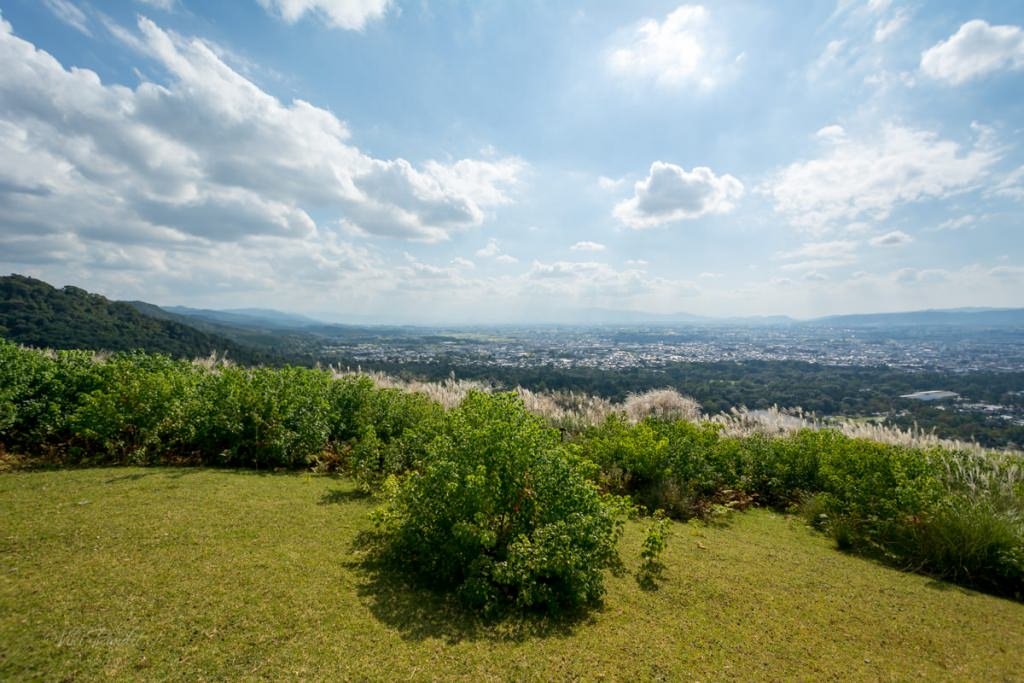
Hike to Mount Wakakusayama
I go on a hike to Mt. Wakakusayama. I lay on the soft green grass at the summit and promise myself to come up again at dusk, one day to catch Nara with its lights.
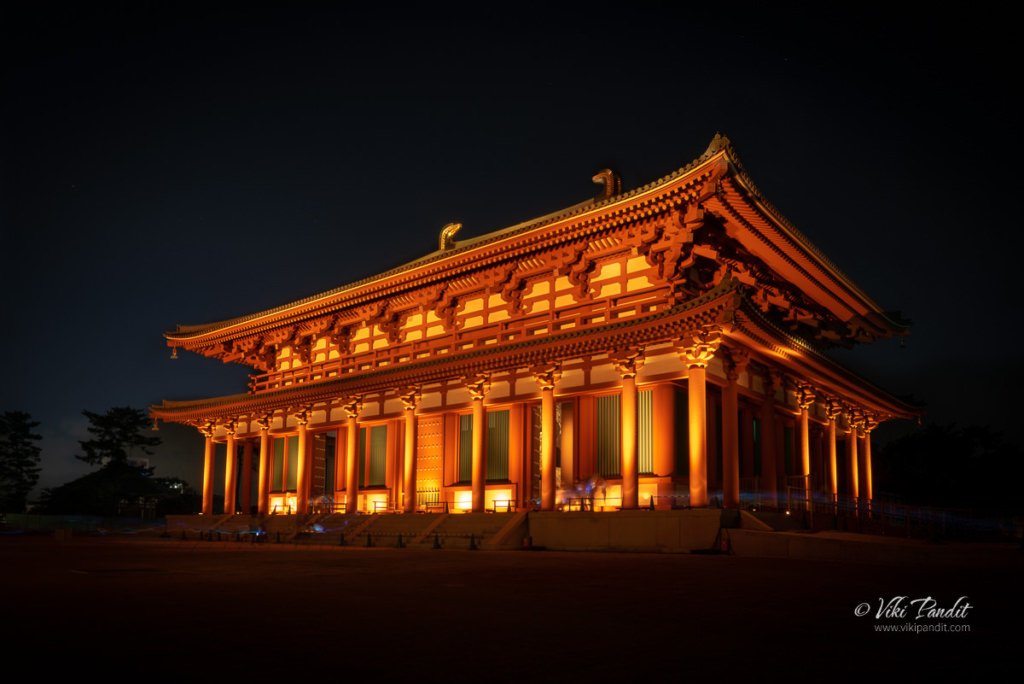
Photo Walk to Kofuku-ji
Mani’s got classes today, so I ran off by myself to take a closer look at the beautiful temples of Kofuku-ji, some of which are said to be from as early as 700 CE.
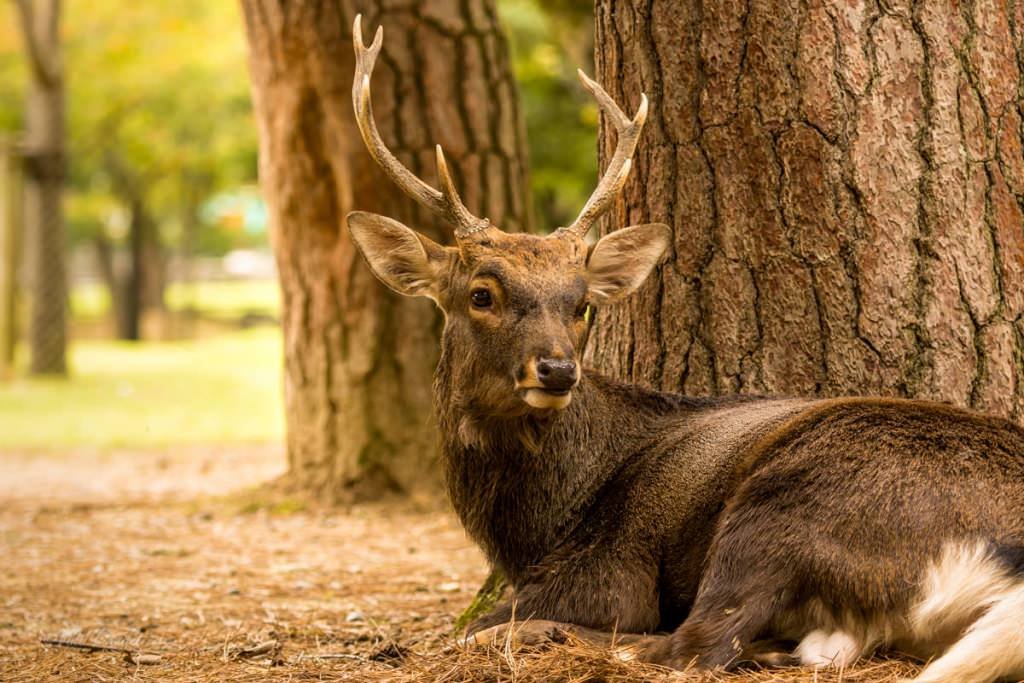
A Walk through Nara Deer Park
We take a walk down Nara’s incredible Deer Park. The park is home to hundreds of freely roaming deers. Walk among the sweet younglings in the green meadows. And don’t forget to pack some Shika Senbei, They love em!
